Choosing the perfect paint color for your home might seem like an easy task—after all, how hard can it be to pick a color you like and slap it on the walls?
But anyone who’s ever painted a room knows it’s a bit more complicated than that. The right paint color can completely transform a space, making it feel cozy, bright, spacious, or even luxurious. On the other hand, the wrong color choice can leave you feeling disappointed, overwhelmed, or stuck with a room you don’t love.
The truth is, picking paint colors is one of the trickiest parts of decorating, and there are a lot of common pitfalls that people fall into—sometimes without even realizing it. From blindly following trendy colors to forgetting how lighting changes the way paint looks, these mistakes are easy to make but tough to undo once the paint is on the walls. And repainting can be expensive, time-consuming, and stressful.
That’s why it’s so important to know what to watch out for before you grab that paintbrush. When you understand these common mistakes, you’ll be better equipped to make smart choices that suit your style, your space, and your lifestyle.
Whether you’re painting your entire house or just freshening up a single room, knowing how to avoid these paint color traps can save you a lot of headaches—and help you create a home you’re truly happy with.
In this article, we’re going to break down the nine most common paint color mistakes everyone makes. We’ll explore why these errors happen, how they affect your space, and most importantly, what you can do instead. From the dangers of following trends without thinking to the surprise power of your ceiling color, each point will give you practical tips and insights to make your painting project a success.
So, if you’re ready to paint your space with confidence and avoid costly regrets, keep reading. By the end, you’ll know exactly how to pick paint colors that work beautifully for your home—and that you’ll love for years to come.
1. Following Trends Blindly
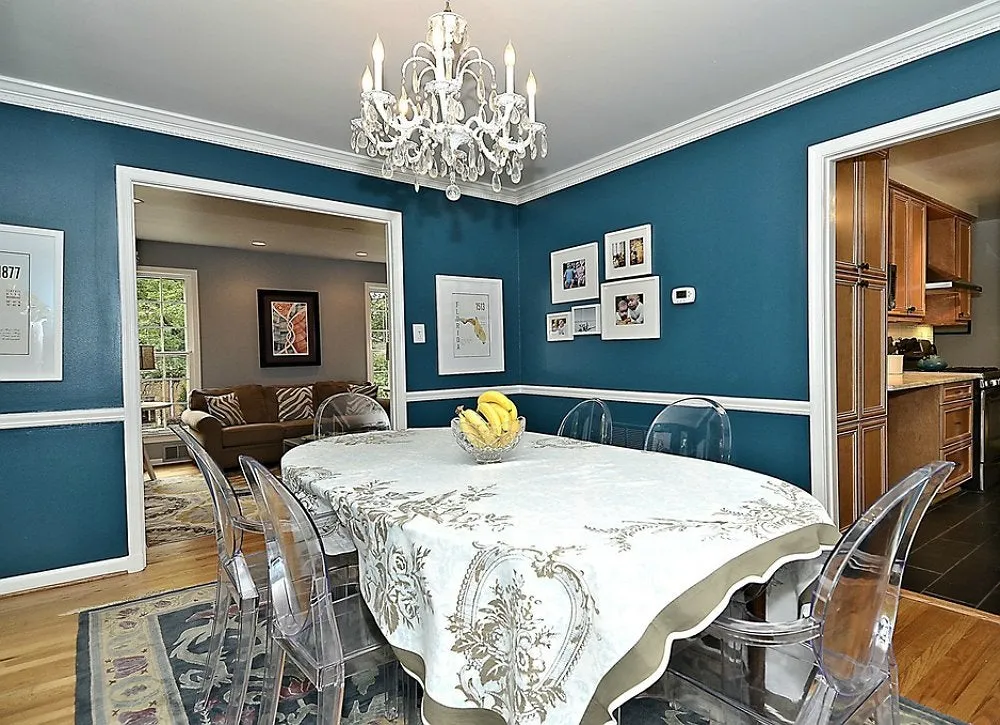
It’s easy to get excited about the latest color trend you see on Instagram or in a magazine. Maybe it’s that bold teal everyone’s loving or a soft blush pink that’s popping up everywhere. But here’s the thing: trends come and go quickly. What’s popular now might feel outdated in a couple of years.
Plus, a color that looks stunning in someone else’s home might not suit your style, your lighting, or your furniture. Instead of blindly following trends, pick colors that you genuinely like and that make you feel comfortable. Think about how you want the room to feel—calm, energetic, cozy? Then choose colors that match those feelings. Trends can inspire you but don’t let them be the only reason you pick a color.
2. Matching Furnishings to Wall Color
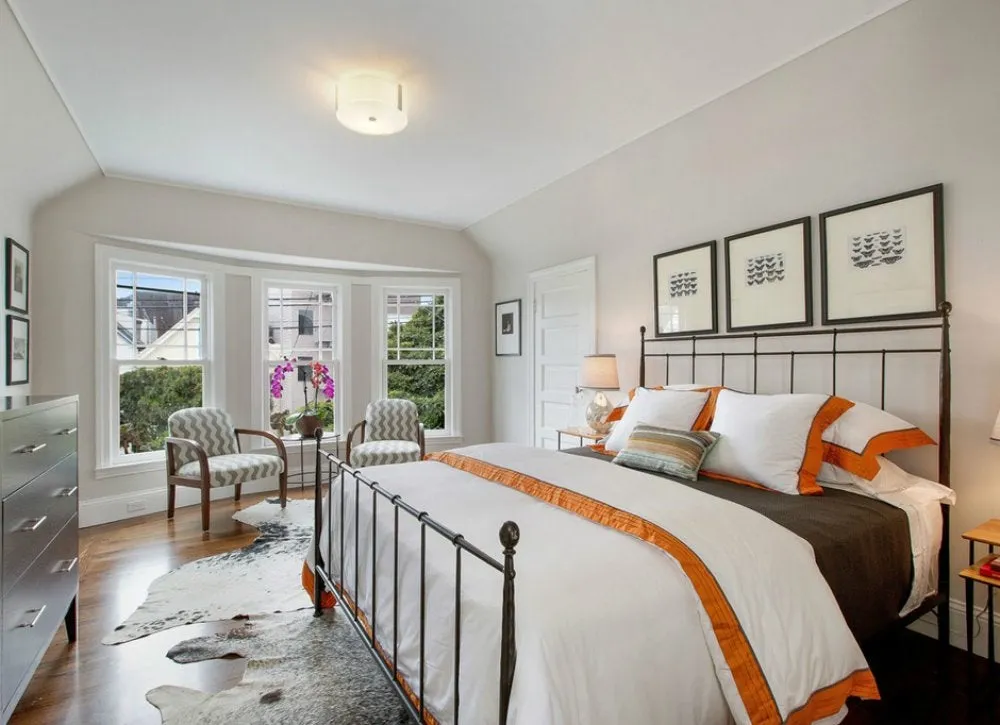
You might think matching your sofa, curtains, or rugs exactly to your wall color will create a neat, coordinated look. But it often backfires and can make the whole room feel flat and boring. When everything blends too much, nothing stands out or catches the eye.
A better idea is to let the walls and furnishings complement each other instead of matching exactly. For example, if your walls are a soft gray, try a sofa in a deeper shade of gray or a completely different color like navy or warm brown. This contrast adds depth and personality to the room. It makes the space feel more lively and layered.
3. Overlooking Lighting
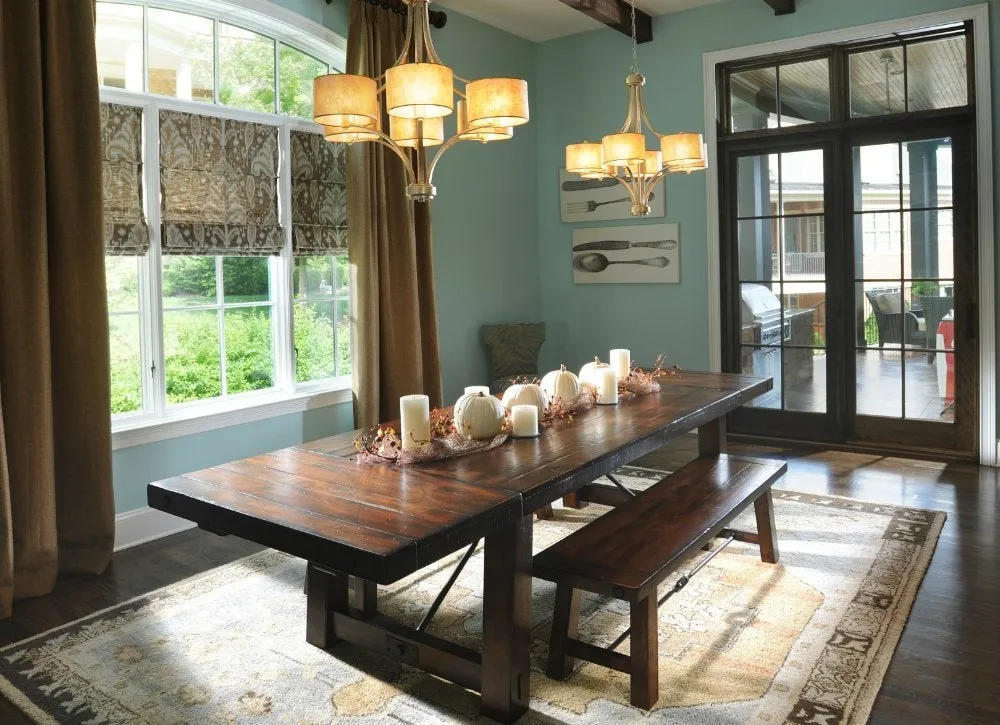
Lighting is one of the biggest factors that changes how paint looks in a room. Natural daylight shows colors in their truest form, but the amount and angle of sunlight can vary throughout the day. Then there’s artificial light—warm incandescent bulbs, cooler fluorescent lights, and LED options—all of which make colors appear different.
A paint color that looks perfect in the paint store might look dull or too bright in your home, depending on lighting. That’s why testing paint samples in your actual room, at different times of the day and with the lights on and off, is so important. You might fall in love with a color in the morning sunlight but hate it in the evening glow.
4. Thinking “White” Means a Lack of Color
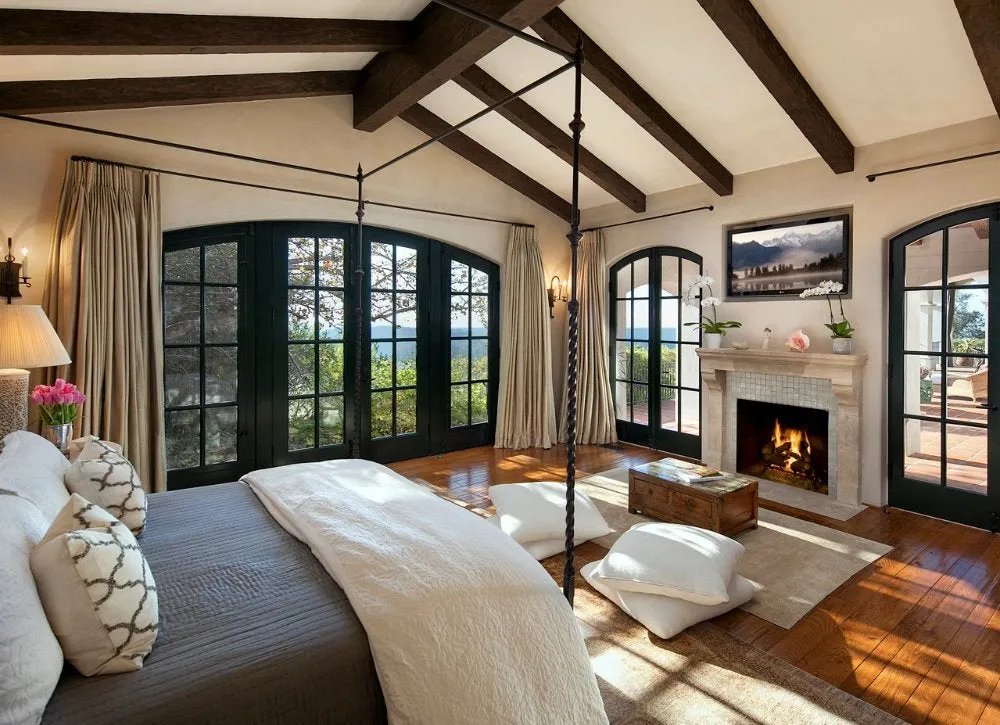
White might seem like the simplest, safest choice—after all, it’s neutral, right? But not all whites are the same. Some whites have cool undertones like blue or gray, while others lean warm with yellow, pink, or even green hints. These subtle differences can hugely affect the room’s feel.
A white with too much blue might make the space feel cold or sterile, while a warm white can make it feel cozy and inviting. So, when you pick white, don’t just grab any white off the shelf. Look closely at the undertones, and consider what works best with your furniture, flooring, and the kind of light your room gets.
5. Turning a Color Combination into a Color Competition
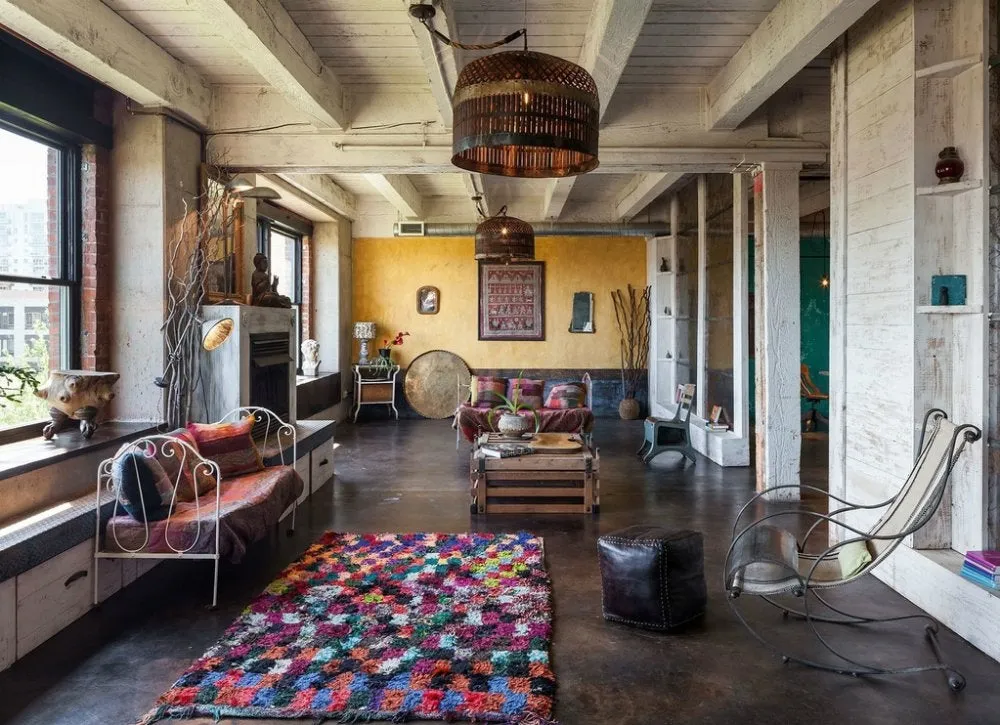
Sometimes people get excited and want to use lots of bright or bold colors in one room. The problem is, when too many colors fight for attention, the space can feel chaotic or overwhelming instead of fun.
It’s best to create balance. Choose one main color for most of the room, then add a secondary color for furniture or larger accents, and finally a smaller pop of an accent color. This way, the colors work together instead of competing. For example, a soft blue wall with cream furniture and a few mustard yellow pillows is much easier on the eyes than mixing five or six bold colors randomly.
6. Forgetting the Ceiling
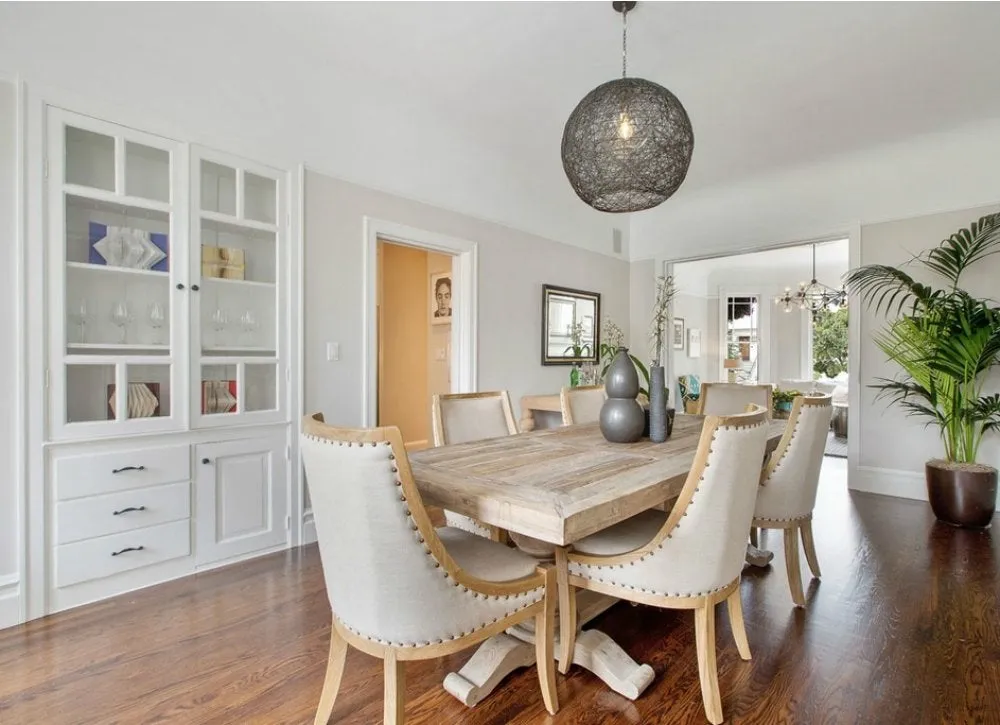
The ceiling is often an afterthought, painted plain white or ignored altogether. But the ceiling is like a fifth wall—it can change how the whole room feels.
Painting the ceiling the same color as the walls can make the room feel taller and more connected. Or, you might choose a lighter or complementary shade to add softness and interest without overpowering the space. Sometimes, a pale blue or soft gray ceiling can add a beautiful unexpected touch. Ignoring the ceiling means missing an easy way to make your room feel finished and thoughtful.
7. Missing the Big Picture
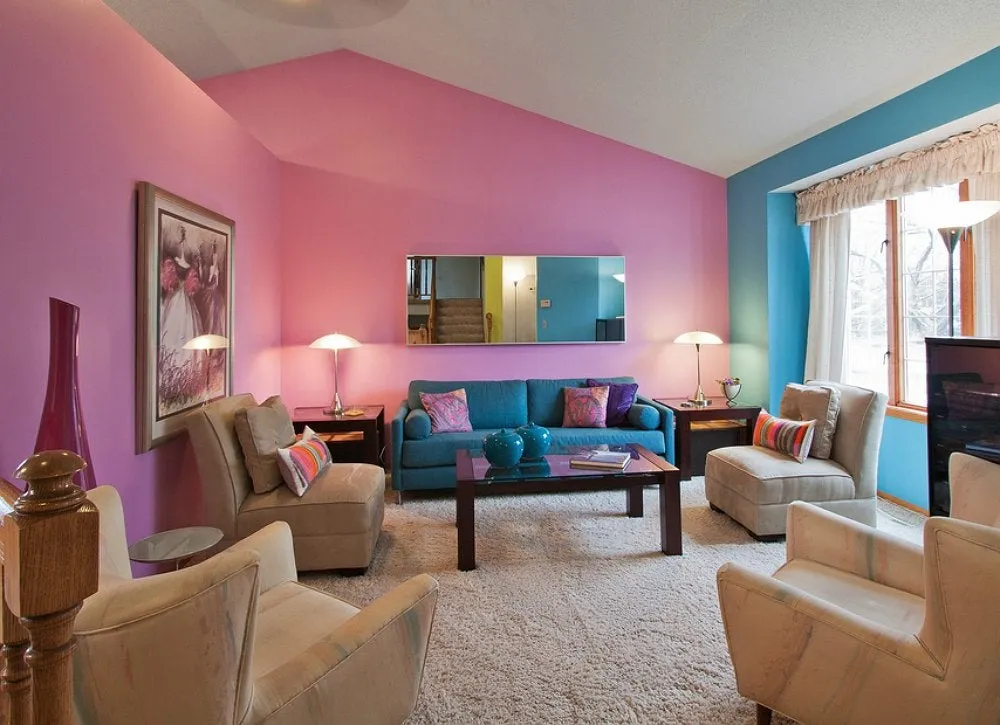
When painting one room at a time, it’s easy to forget about how each room’s color fits with the rest of your home. If you choose wildly different colors for each room without a plan, your home can feel disjointed or confusing.
Think about the flow from room to room. Choosing colors from a coordinated palette or keeping similar undertones throughout your home creates harmony. For example, if your living room has warm earthy tones, your nearby hallway and kitchen might use colors from the same warm family. This creates a smooth transition and makes your home feel put-together.
8. Skipping Comparisons
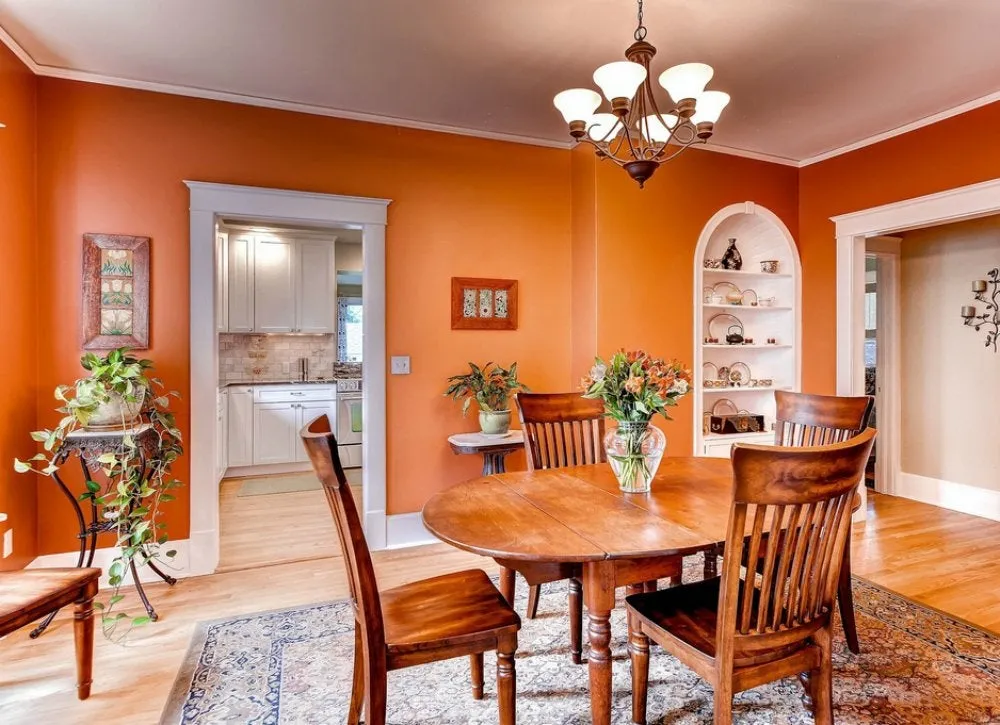
Many people pick their paint color based on one sample or one idea. But choosing paint without comparing a few options can lead to surprises.
Paint colors look different depending on the brand, finish, and lighting, so testing several colors side by side helps you see subtle differences. You might think two colors are similar but find one has a stronger yellow or pink tint, which can change the whole look of the room.
Take your time. Get sample pots and paint large swatches on your wall to see them in real life before committing to a whole room.
9. Sticking to a Single Color
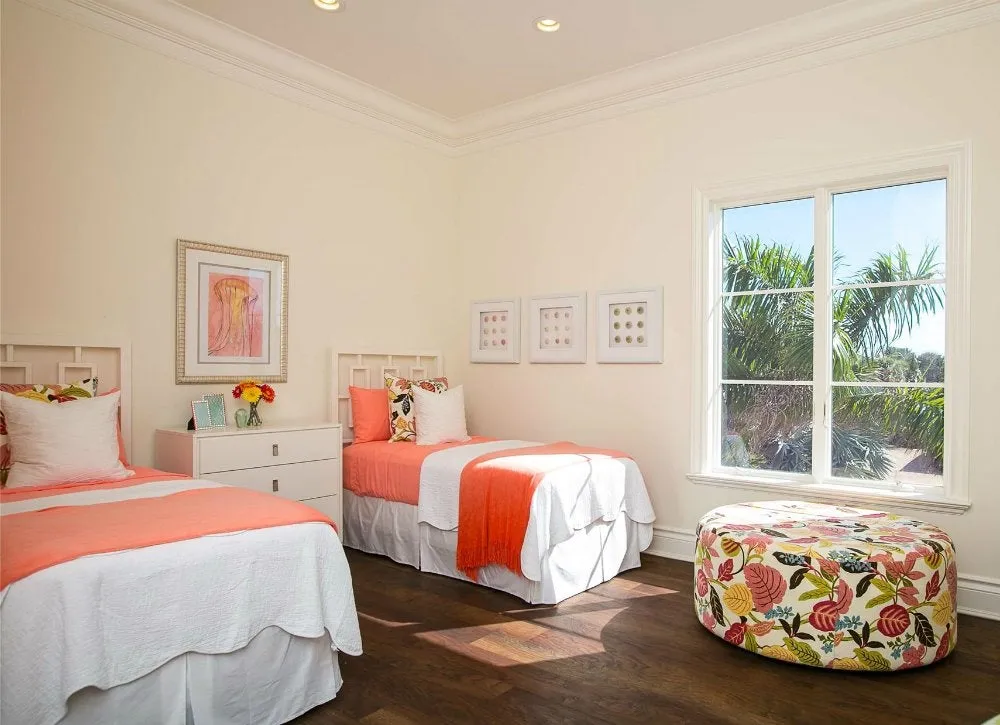
Using just one color in a whole room might seem like a safe bet, but it can feel dull and lifeless. Rooms with only one color often lack visual interest and feel flat.
To avoid this, mix shades, tones, and textures within your color choice. For example, if your walls are light gray, add throw pillows in darker gray or silver, a rug with a pattern that includes grays and whites, and some metallic or wooden accents. This layering brings depth and warmth without overwhelming the senses. Small pops of complementary or accent colors can also brighten things up.
Final Thought
Choosing the right paint color is about so much more than just picking a shade that looks good on the paint chip. It’s about creating a space that feels like home—a place where you want to spend time, relax, and be yourself. When you paint a room, you’re setting the mood, highlighting your style, and shaping how the space works for you and the people who live there.
The mistakes we’ve talked about aren’t just little slip-ups; they can have a big impact on how your space looks and feels. Following trends without thinking, matching everything too closely, ignoring how lighting affects color, or forgetting the ceiling—each of these can make your room feel off, even if the color itself is beautiful. That’s why it’s so important to take a step back and look at the whole picture before making a decision.
Good paint choices come from understanding your home’s unique features—like the natural light you get, the furniture you love, and the overall style you want to create. It also means being willing to test colors, compare different shades, and take your time. Paint isn’t just decoration; it’s part of the atmosphere and energy of your home. When you get it right, it can uplift your mood, make rooms feel bigger or cozier, and even influence how you live your daily life.
Another key takeaway is balance. Whether it’s balancing bold and neutral colors, light and dark tones, or different textures and finishes, a well-balanced color scheme makes your space feel harmonious and welcoming. Don’t be afraid to experiment with accent colors or unexpected details like ceiling paint or trim. These small touches can make a big difference and add personality without overwhelming the room.
Finally, remember that your home is personal. What works for someone else might not work for you—and that’s okay. The best paint color is the one that feels right to you and fits your lifestyle. It’s worth investing time and thought to find that perfect color because, at the end of the day, your home should be a reflection of who you are.
So, as you plan your next painting project, keep these lessons in mind. Avoid the common mistakes, trust your instincts, and create a space you’ll love to live in for years to come.




